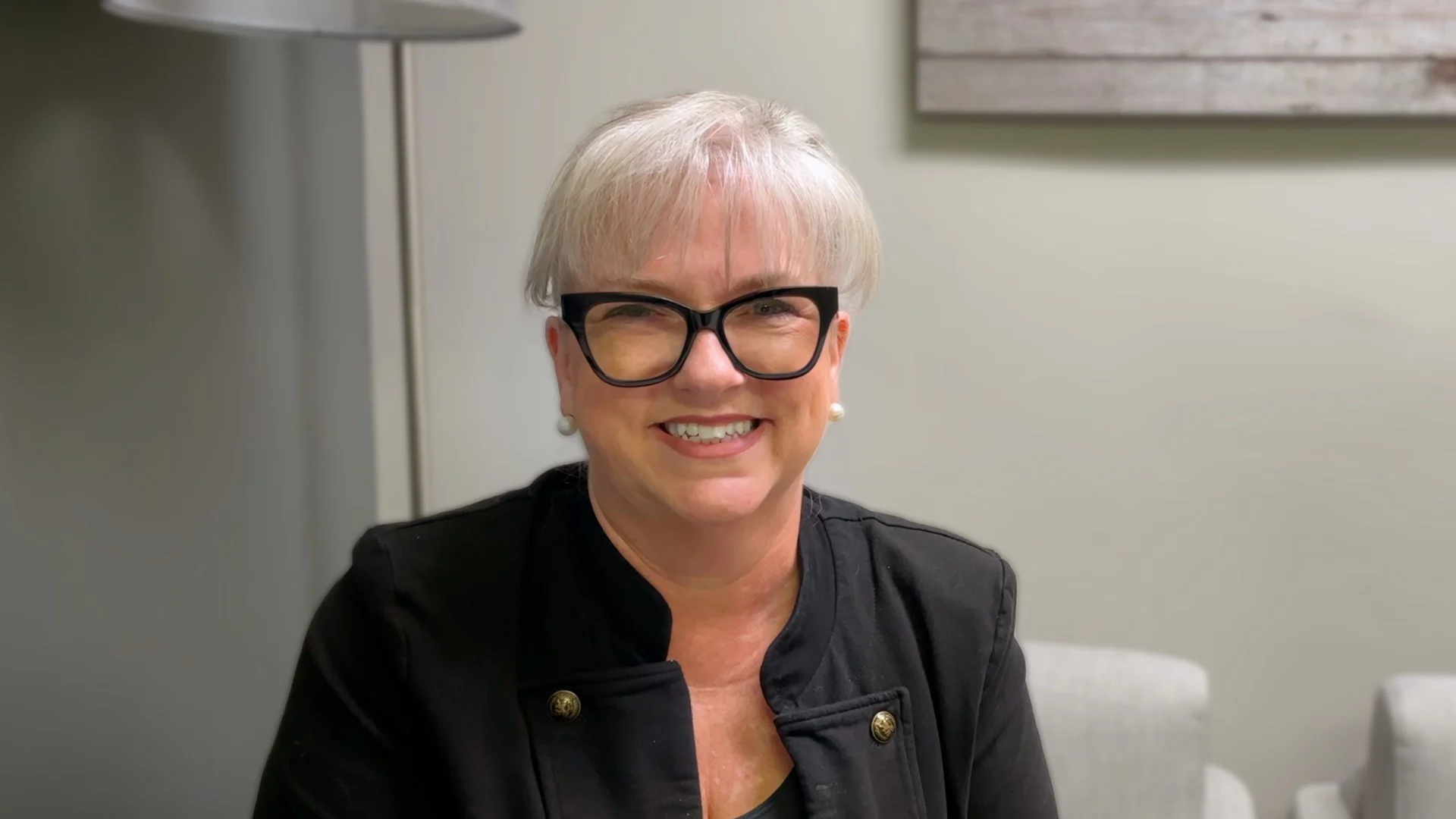
Top Takeaways from Healthcare’s Talent Management Summit
There are certain “never miss” events for me. One of them is People in Health Care: The Talent Management Alliance Summit for the Healthcare Sector, known as TMA, which was held February 7 and 8 in Houston. I attend because it provides me with the chance to share ideas and learn from other healthcare leaders about the challenges and opportunities facing them in the workplace and the solutions that have the potential to offer the most value.
Topics ranged from change management to social recruiting for specialized positions and populations. I couldn’t get to all 20 sessions of course, but I did take away key points that addressed important opportunities in our industry.
1. What do employees value about your organization? During one breakout session Scott & White Healthcare’s vice president of human resources, Lorraine Bell, walked us through her facility’s process for developing and bringing to life Scott & White’s employee value proposition (EVP).
- She described the EVP as “taking what’s unspoken about your workplace and articulating it.” It can help you connect with your current staff, and capture the value of working for you; it expresses what makes you unique. The process helps you discover your real strengths in order to communicate and recruit effectively.
- In Scott and White’s case, HR focused on their employees’ ability to spend their entire careers at Scott & White with only one condition: “Are you willing to learn and grow?” Nurturing that kind of career loyalty obviously takes a strong corporate commitment and a deft hand at balancing the organization’s needs with an individual’s needs.
2. How and why should you measure HR effectiveness? At another session, Judy Ehrenreich, senior vice president of HR at APS Healthcare, spoke about measuring effectiveness and accountability for HR.
- Judy pointed out that competitive advantage is gained by organizations that detect trends and changes to the environment and adapt the fastest, noting that “Healthcare has become focused on the ‘P’ word – productivity.’”
- Her organization produces a detailed human resources report that would rival some of the best scorecards, measuring key HR performance metrics against industry benchmarks and the reasons behind the performance, as well.
- Examples of their key performance indicators (KPIs):
- Hiring metrics like new employee starts, cost per hire, source of hire and time to fill;
- Benefits participation measures like wellness participation, plan enrollment trends, 401K deferral rates, health insurance costs and PTO liability;
- Development metrics like CEU and tuition usage, training completion rates, and mid-year review completion;
- Employee satisfaction and retention measures, including turnover by type, exit interview trends, employee survey results, absenteeism and employee relations incident tracking by department.
3. What are the latest trends in contingent workforce management? At the panel discussion on staffing workforce trends, moderated by Julie Fletcher, AMN Healthcare’s vice president of human resources, panel members discussed some of the fastest growing workforce management solutions for contingent labor and recruitment issues in healthcare.
Bryan Peña, vice president of contingent workforce management strategies and research for Staffing Industry Analysts (SIA), was the main presenter. He showed how contingent staffing has matured from a decentralized field to one dominated by preferred vendors, managed service providers (MSPs), vendor management systems (VMS) and new programs like recruitment process outsourcing (RPO).
He also presented some interesting facts from SIA’s industry surveys:
- Quality is by far the highest priority for healthcare contingent staffing buyers – by a whopping 77%; after that the top concerns are speed (12%) and price (11%);
- The same percentage, 77%, expect their workforce to grow over the next two years, compared to 14% who expect it to stay the same and 9% who expect a decline;
- The contingent share of the workforce has increased in recent years, to 15% (mean) in 2011, and hospitals’ use of MSP, VMS and RPO is expected to keep increasing; AMN is currently the largest MSP supplier in the healthcare sector.

The other panelists—including Mark Morales, vice president of workforce planning for Texas Health Resources, Ed Mosley, program director of external human services for Kaiser Permanente, and Theresa Mazzaro, RN, CHCR, lead nurse recruiter, workforce planning and talent acquisition for PeaceHealth— discussed the savings that are possible with workforce management programs and the importance of balancing core staff recruitment efforts with contingent labor use.
I wish I had room to share more. In essence, TMA offered one of those rare opportunities to learn practical and innovative lessons from other healthcare workforce leaders, and I look forward to making the trip again next year.
If you attended TMA, please add your thoughts, insights and favorite takeaways from the 2012 conference.
Ralph Henderson can be contacted at Ralph.Henderson@amnhealthcare.com
Latest News
Webinar Recap Part 1: Affordable Care Act – Section 1557
Learn how healthcare providers can prepare for Section 1557 regulatory updates, with a focus on nondiscrimination, language access, and training requirements.
What the ‘English as the Official Language’ Executive Order Means for Language Services in Healthcare
Understand the implications of the executive order on language services in healthcare. AMN Language Services is committed to providing the highest quality healthcare interpretation services.
Onvida Health Partners with AMN Language Services to Enhance Patient Care
Discover how Onvida Health transformed patient care and communication with AMN Language Services.
Proven Success in Multilingual Healthcare: Shriners Children’s System and AMN Healthcare Partnership
By providing reliable interpretation for Shriners Children’s System, every patient can receive the exceptional care they deserve. Discover how AMN Healthcare Language Services bridges
Fostering Understanding in Healthcare:
Discover the transformative impact of AMN Healthcare Language Services in this heartfelt testimonial from the Ronald McDonald House of Fort Worth.
Celebrating Excellence in Healthcare Partnerships: 2024 Supplier Horizon Award Winner
Learn AMN Language Services' achievement as the 2024 Supplier Horizon Award Winner and our outstanding dedication to improving communication, inclusivity, and compassion in healthcare.
Navigating the New Era of Hospital Accreditation, Health Equity, and Legal Compliance
Massachusetts is the first state to mandate specific accreditation and certification requirements that incentivize healthcare equity.
The Critical Role of In-Person (onsite) Interpreters in Healthcare
While technological advancements have introduced various modes of interpretation, there are specific scenarios in the healthcare industry where the physical presence of an interpreter is a better










